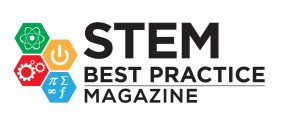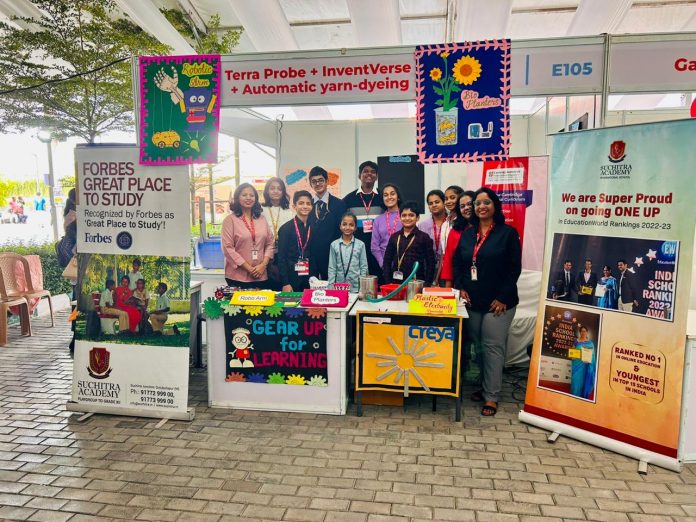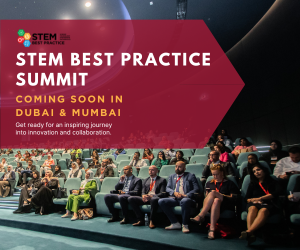In the heart of Hyderabad, Suchitra Academy stands not just as a school, but as a living laboratory of ideas. As a progressive K–12 institution, we have always believed that education must transcend textbooks and grades—it must prepare learners to reimagine the world. In recent years, STEM education has become the engine driving that transformation on our campus.
Gone are the days when science and technology were confined to theory. At Suchitra, the introduction of STEM (Science, Technology, Engineering, and Mathematics) has redefined how students engage with learning—infusing curiosity, creativity, and critical thinking into every classroom, lab, and corridor.
The Spark: Reimagining Learning Through STEM
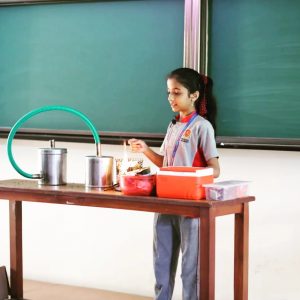 The idea of launching a full-fledged STEM program at Suchitra wasn’t just a response to global trends—it was a call to empower our students with the mindset and tools to solve real-world problems. We saw STEM not as a separate stream, but as an approach to learning that was interdisciplinary, hands-on, and deeply reflective.
The idea of launching a full-fledged STEM program at Suchitra wasn’t just a response to global trends—it was a call to empower our students with the mindset and tools to solve real-world problems. We saw STEM not as a separate stream, but as an approach to learning that was interdisciplinary, hands-on, and deeply reflective.
Our journey began with one simple question: What would school look like if students were creators, not just consumers of knowledge? That question laid the foundation for our now-thriving STEM ecosystem.
Building the Framework: Our Structured Approach to STEM
To ensure a gradual, meaningful integration of STEM, we designed a three-tiered model:
● Foundation Phase (Grades IV–VI): Students explore basic engineering through gear
systems, structural kits, and elementary electronics. They build bridges with straws and
circuits with snap kits—learning that failure is just the first step to discovery.
● Intermediate Phase (Grades VII–IX): Concepts deepen. Learners now engage with
IoT, Robotics, 3D modeling, and Arduino programming. Tools like Tinkercad become
their digital playgrounds, where abstract concepts become tangible.
● Advanced Phase (Grades X–XII): These are the innovators. Students prototype using
industrial manufacturing tools, explore artificial intelligence, and take part in global
competitions. Their work doesn’t stay in notebooks—it becomes presentations, products,
and even policies.
This phased model is supported by a passionate team of facilitators—subject teachers, innovation mentors, and STEM specialists—who co-design interdisciplinary modules that connect classroom learning to global challenges.
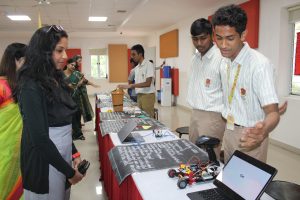
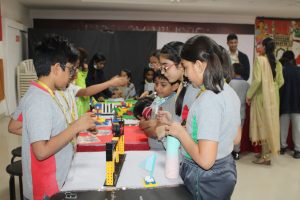
The Makerspace: A Playground for Possibilities
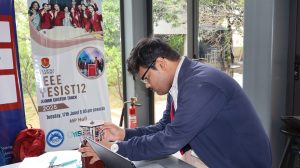 At the center of it all is our Makerspace Lab—a creative haven buzzing with energy. It’s where students tinker with 3D printers, laser cutters, CNC machines, and IoT tools. On any given day, you might find a team coding a mobile app, another building a robotic hand, or someone quietly sketching a prototype for an eco-friendly water purifier.This space is where imagination meets engineering. It’s not about perfect results—it’s about the process. Students learn to fail forward, ask better questions, and build with purpose.
At the center of it all is our Makerspace Lab—a creative haven buzzing with energy. It’s where students tinker with 3D printers, laser cutters, CNC machines, and IoT tools. On any given day, you might find a team coding a mobile app, another building a robotic hand, or someone quietly sketching a prototype for an eco-friendly water purifier.This space is where imagination meets engineering. It’s not about perfect results—it’s about the process. Students learn to fail forward, ask better questions, and build with purpose.
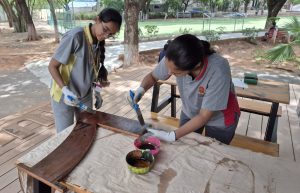
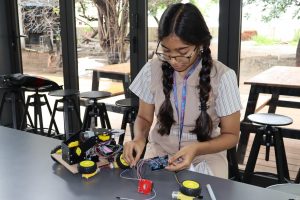
Overcoming the Early Hurdles
Introducing a non-traditional approach like STEM wasn’t without resistance. At first, some
parents were unsure—preferring conventional academic methods. Students, too, took time to embrace failure as a part of learning. Coordinating interdisciplinary planning and ensuring tool safety added further complexity.
We responded with structured interventions:
● Professional Development Workshops equipped teachers to integrate STEM safely and
effectively.
● Collaborative Curriculum Planning allowed us to align STEM projects with academic
units.
● Student Mentorship Programs empowered older learners to guide juniors, making the
process inclusive.
● Our partnership with T-Works, India’s largest prototyping center, provided exposure and
industry collaboration.
Today, those early doubters are our strongest advocates.
Impact: The Transformation We Witnessed
The difference STEM has made in our students’ lives is both measurable and magical.
● Improved Problem-Solving: Students now use design thinking to approach academic and real-life challenges.
● Increased Engagement: Classrooms are more dynamic, attendance is up, and participation has soared.
● Future-Readiness: Our learners are already working with tools and concepts that define the tech world of tomorrow—coding, AI, electronics, and data science.
It’s not just academic growth; it’s a shift in mindset.
Milestones That Matter
Suchitra Academy’s journey has been punctuated with landmark achievements, each one
reinforcing our commitment to innovation.
The SDG Impact Award 2025
Under the theme “Where IoT Meets AI”, two of our Grade X students, Lakshit Agarwal and
Ishan Vemula, created a Flood Detection and Water Monitoring System using sensors and AI algorithms. Their project won the SDG Impact Award 2025, aligning technological ingenuity with sustainable development goals.
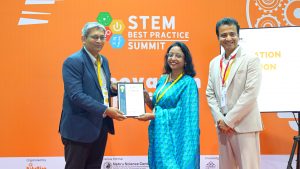
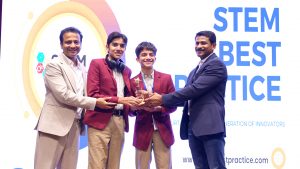
IEEE YESIST12: Four Years of Innovation
Hosting the prestigious IEEE YESIST12 event for four consecutive years has been an honour. Our student projects have consistently earned international recognition:
● Alter Eco: A soil-moisture bio planter promoting sustainable agriculture.
● Aero Watch: A drone-based surveillance system for security.
● SEGAD: Detects harmful sewage gases in real time.
● HYACINTH HARVEST: Cleans water bodies clogged by invasive weeds.
● E.C.H.O.V.I.S.I.O.N.: A wearable headset assisting the visually impaired.
From Egypt to Tunisia, Suchitra students have left their mark on global STEM platforms.
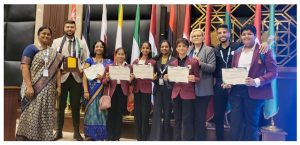
Brimming with ideas and innovation, our young changemakers from Grades X and XII of Suchitra Academy made us proud at the Grand Finale of IEEE YESIST12, 2025, held at Universiti Kebangsaan Malaysia (UKM), Malaysia. The prestigious international competition, themed around the United Nations’ Sustainable Development Goals (SDGs), brought together 25 teams of budding innovators from countries like Egypt, Uganda, and across India.
The team TerraTech Titans, with their project FarmSense, earned an Honourable Mention in the Junior Einstein Track. Their solution combined an autonomous rover and a mobile app to help farmers reduce excessive fertilizer use, thereby improving soil health and sustainability.
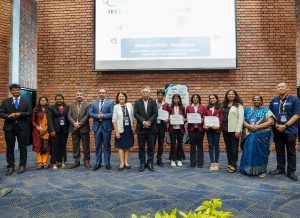
Celebrating Young Changemakers
● Junior Make-a-Thon, IIT Madras: Abiha Mohammed (Grade VI) wowed judges with
her electricity-from-plastic-waste project, reaching the final round.
● Maker Faire 2023 at T-Works: Our students showcased projects like the Contactless
Piano, Handimatic Robot, and IoT-based Irrigation System, engaging in spirited dialogue
with other innovators.
● Futuresolve Hackathon 2024: Our team’s Irrigation Bot earned runner-up for
automating water management in agriculture—an elegant blend of IoT and empathy.
Vigyantram Workshop & IIT Delhi 2025
One of the most exciting recent developments was the two-day Vigyantram Workshop. Students explored everything from robotics cars and breadboard circuits to data science with Python and humanoid robot programming. The top-performing students will now represent the school at the National Level Championship at IIT Delhi in 2025, a testament to the strength of our STEM program.
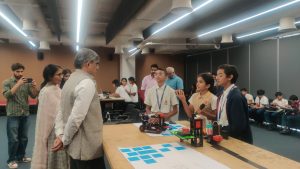
Looking Ahead
“Innovation is a continuous journey, where every discovery paves the way for new inventions yet to be explored.”
At Suchitra Academy, STEM is more than a subject—it’s a culture. A culture that encourages inquiry, rewards resilience, and inspires every student to dream boldly and build bravely. As we look ahead, our mission remains clear: to equip learners not just to keep up with the world, but to shape it.
About the Author
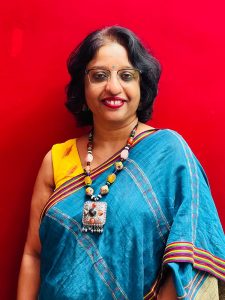
With over two decades of rich experience in the field of education, Sirisha Devi has worked across premier CBSE and Cambridge institutions, teaching senior secondary students of AS and A-Level learners in top international schools. Her journey has been one of continuous learning, innovation, and deep commitment to shaping future-ready learners.
She currently serves as the Makerspace Coordinator and Head of the ICT Department at Suchitra Academy, where she spearheads STEM-based innovation initiatives across both CBSE and Cambridge segments. Her passion lies in integrating experiential learning with emerging technologies, ensuring that students are not only academically strong but also creative thinkers and problem solvers. A strong advocate of STEM education, Sirisha has mentored students for various national and international platforms, including IEEE and Junior Make-a-Thon. She has proudly hosted the IEEE preliminary round at the regional level for five consecutive years at Suchitra Academy, contributing to its growing impact and reach.
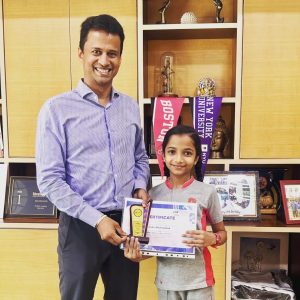
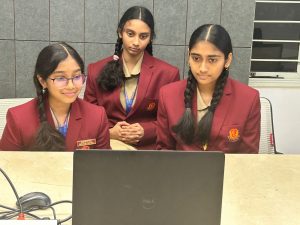
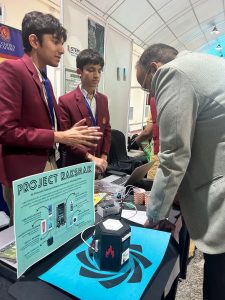 Her contributions to the field also include guiding students in the development of impactful projects such as:
Her contributions to the field also include guiding students in the development of impactful projects such as:
• Autonomous Drone Surveillance System
• Hydro Watch – a water quality monitoring and analysis system
• Flood Detection System – an early warning solution for disaster preparedness
These projects reflect her belief in the power of purposeful innovation and hands-on learning. Through her work, Sirisha continues to foster a makers’ mindset and technological fluency among students, preparing them to navigate and contribute to the world with curiosity, empathy, and ingenuity.
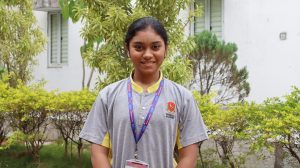
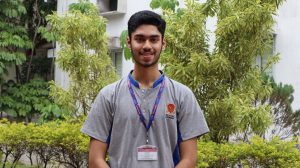
She also extends her gratitude to Rashi Katrela (Grade XI) and Dhanveer Varma Guduri (Grade XI), her students, for their valuable contributions to this article.
About the School: Suchitra Academy – A Visionary Approach to Education

Founded by the visionary Founder-Director K.V. Praveen Raju, Suchitra Academy was established with a passion for education and a commitment to nurturing young minds. Built on the belief that learning thrives in wide open green spaces, spacious classrooms, and world-class sports facilities, the school has grown into one of the top CBSE schools in Hyderabad.
Suchitra Academy is more than just a beautiful campus; it’s a forward-thinking institution that embraces the evolving needs of 21st-century education. Its innovative curriculum goes beyond traditional teaching, blending the strengths of Indian education with international standards to prepare students for global success.
Students from Grades I–XII follow the CBSE curriculum, fostering critical thinking and holistic growth. To broaden perspectives, the school also offers the Cambridge Primary and Lower Secondary Programmes, nurturing creativity, expression, and wellbeing. For its youngest learners, the International Early Years Curriculum (IEYC) lays a strong foundation, focusing on personal, social, and emotional development.
